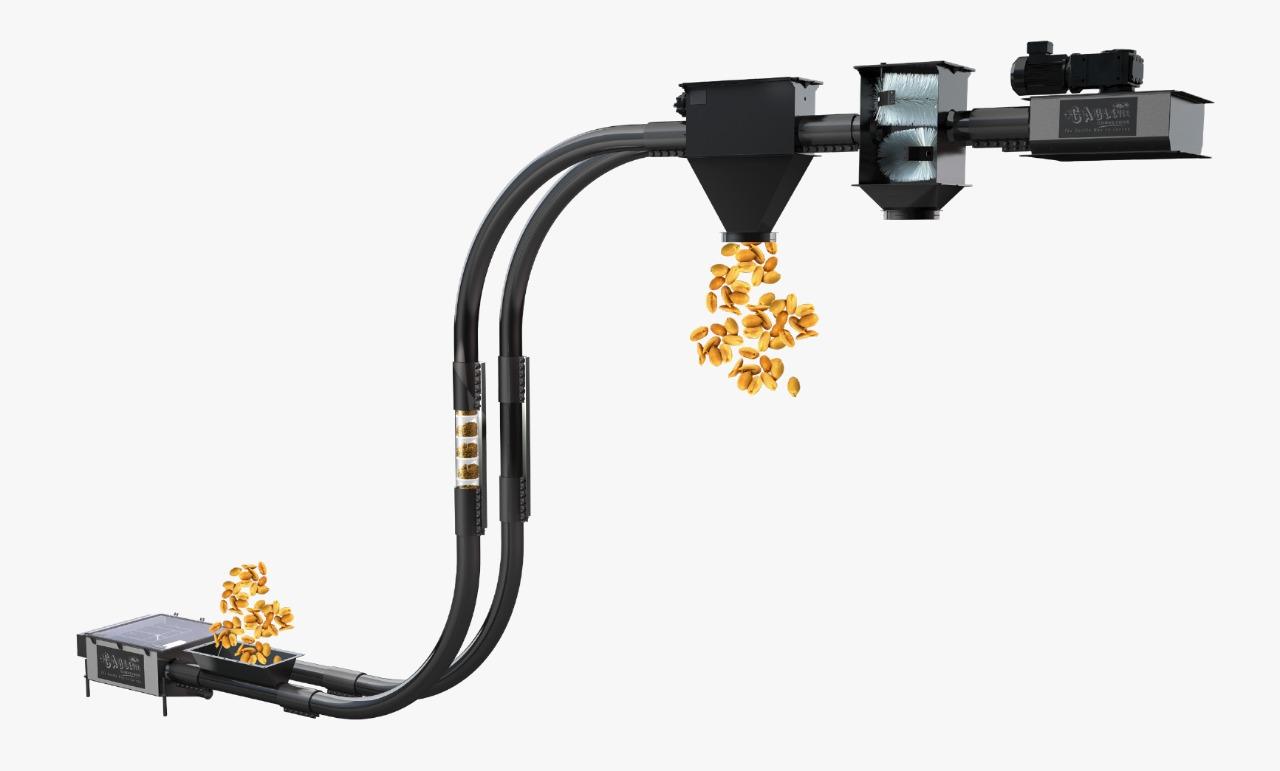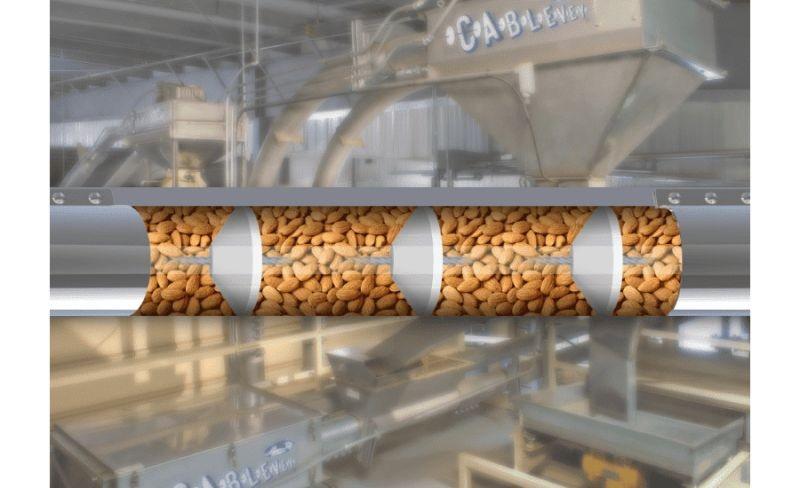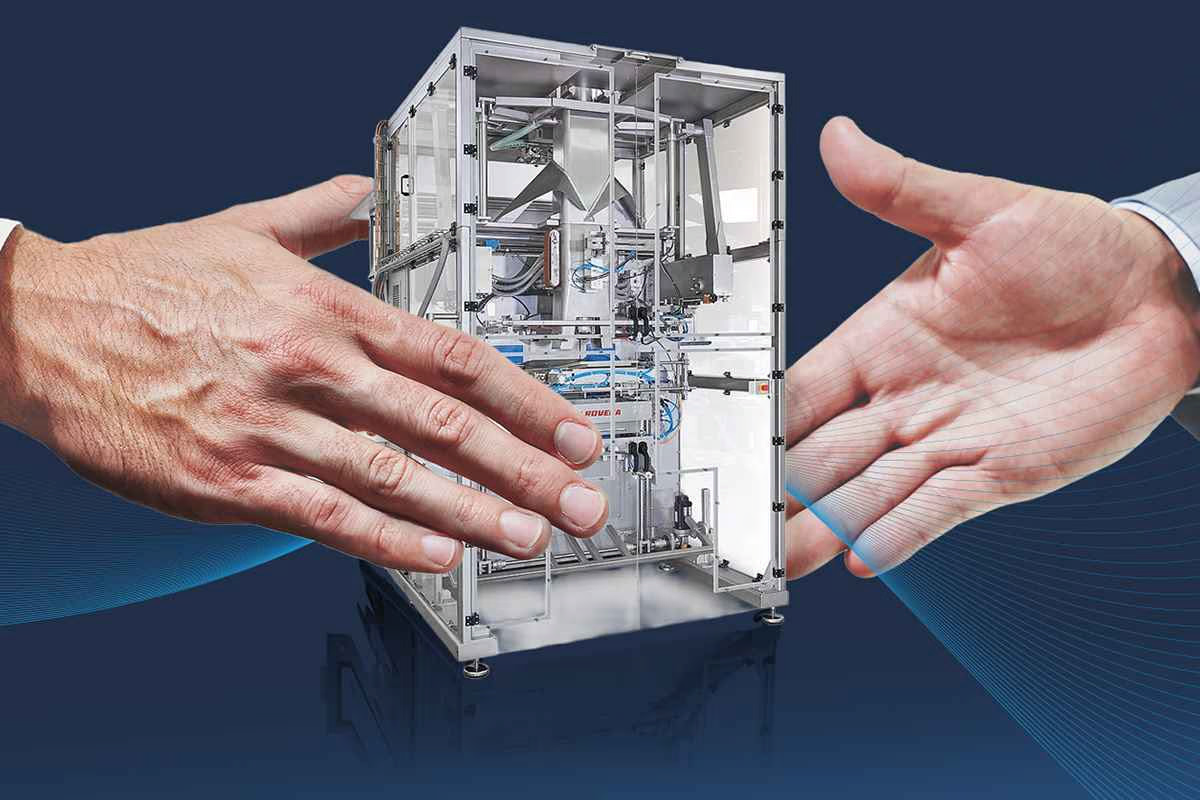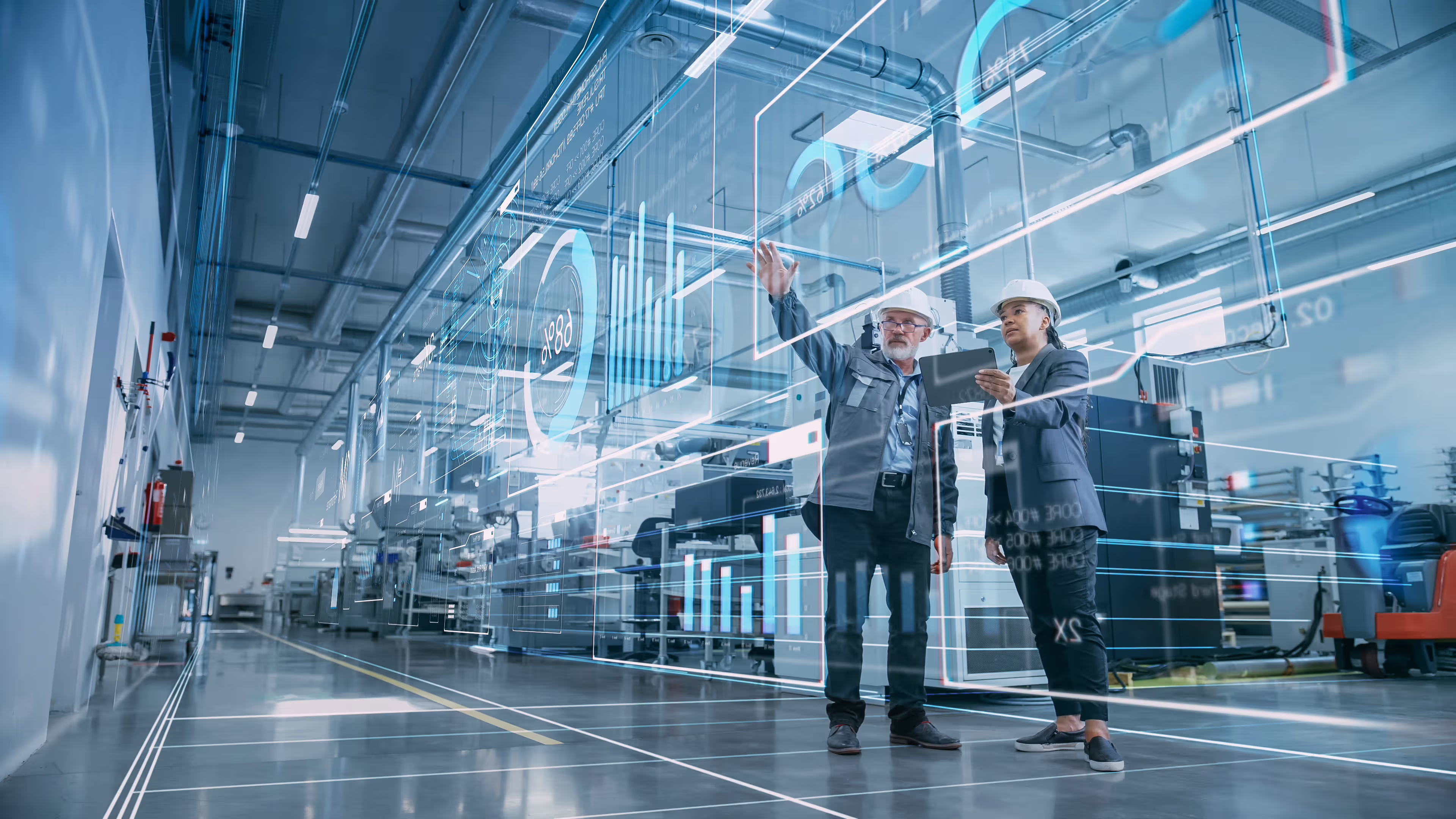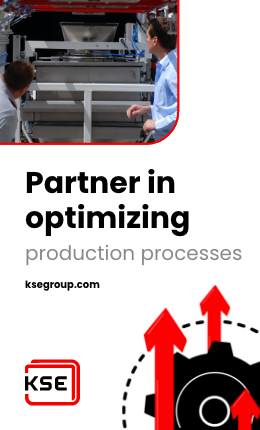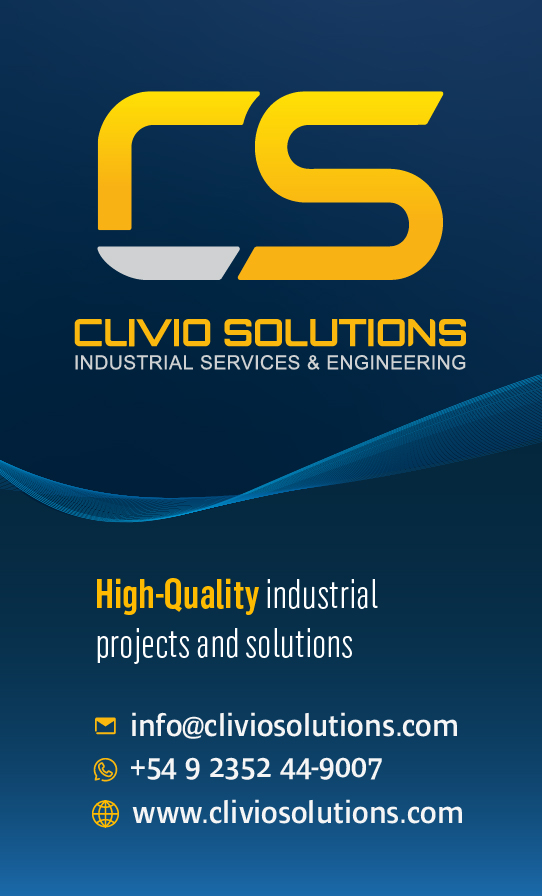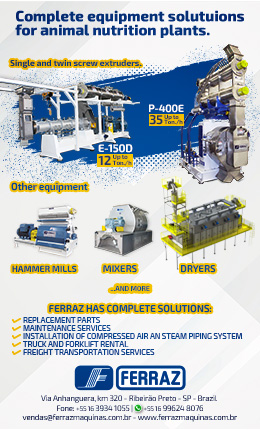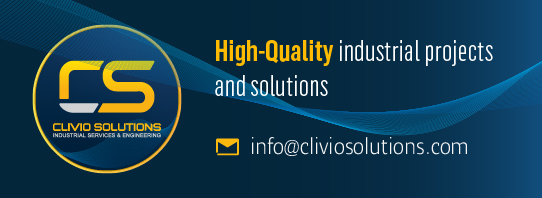Before beginning to describe the different types of transports, that exist nowadays in industries, with their advantages and disadvantages, it is important to understand the meaning of transportation: transportation is the means by which objects, products, materials, people or data, are moved from point A to point B. Transport is part of the logistics and material handling of a company, and is carried out in all activities of the value chain, but it does not add value, but rather the opposite: it has associated costs. For this reason, it is very important that the materials transportation is as efficient as possible, with the main objective of optimizing the product value chain.
When talking about transport, it is necessary to consider different important points to determine which is the most appropriate system that adapts to the company situation and needs, for example:
- Product specifications
- Production line requirements
- Cleaning, safety and hygiene requirements
- Lay out and plant spaces
- Risk of dust explosion
With product specifications we refer, first of all to which product is to be moved, the particle size, temperature, humidity and density, whether it is easy or difficult to flow and if it is or not abrasive. Other product characteristics are its angle of repose, rearrangement and inclination.
Related to the second point, it is essential to define what is the required capacity, if the transport will be continuous, batch, intermittent and its hours of operation.
Additionally, it is important consider the product care, either because it is fragile, has a high degree of explosiveness, it emits gases or because it can be corrosive.
After this brief introduction, we will focus on some of the different types of transport that exist today, we will describe their main characteristics, advantages, disadvantages and applications, mainly in Pet Food, Aqua Feed and Animal Feed industry, considering the raw materials and the final product.
Tubular Conveyors
Tubular conveyors move the products by means of teflon disc that are joined by a taut cable that pulls the movement, the whole set is inside a continuous tube avoiding cross contamination.
Main advantages are: it is an extremely clean equipment, easy to maintain, efficient (low energy consumption), it preserves the homogeneity of the product and there is a wide range of capacities and sizes, it is the ideal type of transport when it comes to delicate products that must maintain their structure protecting them, it is a safe system for food. We must highlight the great flexibility to the plant spaces that the tubular conveyor has, allowing to connect a load and a discharge in different industrial buildings, with angles and inclinations that other conveyors do not have the capacity to do.
The disadvantages of tubular conveyors are: they are not suitable for abrasive products, their high cost and in special cases, when distances are long, is it necessary to install two or more equipment in series.
As mentioned above, these systems have an excellent application for the finished product of Pet Food, Aqua Feed and Animal Feed industries, because it is transported in a delicate way, maintaining the structure of the pellet. It can also be used for the movement of raw materials, as long as they are not abrasive.
With the installation of the tubular conveyor, the manufacturer ensures excellent performance and a high-quality final product.
Z Conveyors
The second equipment to be analyzed is the Z conveyor, it is named for its zeta shape, although also, depending on the layout of the plant, it can be designed in a C shape or with different inclinations for loading, lifting and unloading materials; these systems stand out for being systems with high transport capacities and that achieve very wide routes of long distances. The advantages of these systems are: equipment that adapt to the plant space with vertical and horizontal arrangements, low maintenance cost and avoid cross contamination of products.
The disadvantages that these systems have are: the high investment cost, depending on the material of the buckets, the risk of wear when the product is abrasive and, in some cases, the high to medium levels of energy consumption.
These equipment are mainly used to transport granular and solid materials, being suitable for the transfer of animal feed.
Bucket Elevators
Bucket elevators are very high-capacity conveyors, used today in the industry, mainly for lifting and transferring raw materials from one site to another. When it comes to finished product, these equipment are not recommended due to their high degree of breakage.
The elevators have, as traction of movement, a band or a chain where the buckets are joined, there the material is loaded and transferred to the corresponding unloading point.
Its two main advantages are: its large capacity and its relatively low investment cost (in relation to other conveyors analyzed in this article).
As negative points, bucket elevators have: little flexibility, difficult maintenance and do not prevent cross contamination of products or materials.
Pneumatic Conveying (dense phase)
Another well-known and widely used transport is the dense phase pneumatic, where the force of the air acts for the movement (it is used for flowable products). The transport is divided into two types:
- Pressurized: used mainly to transport fragile or abrasive materials, at low speeds and long distances. The movement is generated from the 'push' of compressed air that forces the material to move to the destination point.
- Vacuum: in this second case the distances are short. A vacuum is generated by means of a pump and "sucks" the product to transfer it.
The main advantages of these equipment are: tightness, so that no waste of the material or emissions are expelled into the environment, the handling of the product is soft and delicate, so the product is damaged very little and it´s flexibility to the layout of the plant.
Among the disadvantages of pneumatic transport, we find that not all products can be transported, there are limitations with the size of the particles, the maximum transport capacity and in some cases the distances, finally, the energy consumption is not less and the wear suffered mainly by the curves of the system.
For the transport of raw materials, it is not profitable due to the cost of the equipment, while for the final product it is usually used by companies, despite the small damage that the croquettes suffer.
Pneumatic Conveying (diluted phase)
Continuing with pneumatic transports, we have the diluted phase transport. It is a more direct method and the materials move dissolved along with the air flow. Like the previous case, these systems are also divided in two types:
- Pressurized: a high volume of compressed air is supplied at low pressure to generate the movement of the products. It is commonly used to get the product from a one point to multiple destinations.
- Vacuum: it works in the opposite way; with a pump the vacuum is generated to carry out the product.
A great advantage that the transport has is that important distances are achieved with wide flexibility, high transport capacity and its investment cost is accessible, while its negative aspects are its large consumption of electricity and there is a risk of cross contamination of products or raw materials.
They are used for bulk raw materials where the breakage is not relevant. This break occurs because the materials are suspended in the air and in contact with the pipe, generating friction that affects its homogeneity. Therefore, when we refer to the transport of animal feed kibbles, it is not a recommended system.
Screw Transport
The next transport to analyze is the screw transport, it is one of the simplest that exist today in industries due to its easy manufacturing process and its accessible price. The screws are fed through one or more mouths and the material is moved to the discharge (s) by means of the screw.
The screws are very useful for the discharge of silos in the dosage on scales, where the variable flight is usually used to avoid the compaction of the product. However, when we talk about the transport of animal feed kibbles, the screws are not recommended because it can damage them, generating breakage of kibbles and dust, for this reason the screws are not recommended for the final product.
However, they are considered for the move of raw materials, although the short distance from one point to another is considered as a limitation.
The advantages that can be mentioned of these systems are: their low investment cost and simple installation. While the disadvantages that stand out is its null flexibility for being a robust system, as mentioned above the high probability of breaking the transported material, in many cases its difficult maintenance and its low capacity.
Belt Conveyors
Belts Conveyor are the most common types, as is screw transport. The movement occurs on the belt, which moves thanks to the rotation of the rollers where it rests. Although the operation seems to be simple, today there are great innovative technological developments.
The positive aspects of these equipment are: versatility and adaptability to a wide range of products with great transport capacity, according to the technological level it is considered as a low-cost equipment, significant distances traveled are achieved and it has a low consumption of electrical energy.
Furthermore, by including "floating" sections on load cells and belt speed control, it is possible to measure and gravimetrically control the flow of product to be transported.
As all the equipment mentioned above, this one also has disadvantages, for example damage to the rollers and belt, possible
slippage, misalignment and it is not a very flexible system.
Currently several industries use these systems for transportation, however, it is necessary to consider when raw materials are transported because the air can be polluted and when finished products are transported there can be cross contamination.
Chain Conveyors
Another interesting transport to consider when planning an investment project is the 'redler' or chain conveyor, the traction is from the chain that moves the modules for the move of materials.
The most notable advantage is its high transport capacity and the distances that can be achieved. While among its disadvantages are the frequent replacement of the sprockets due to their high wear, their high energy consumption, their almost zero flexibility and only slight inclinations can be applied.
Its use for the transfer of animal feed pellets is questioned because product can accumulate between the chains, which would generate a source of bacteriological formation, in addition to the high probability of breakage of the pellets.
Not everything is negative in these transports, because when raw materials must be moved, it is one of the most recommended and used systems for industries having an accessible price.
We will make a conclusion with ponderation of each of the analyzed transports considering the points seen and the following assessment:
We can conclude that, after analyzing each of the main aspects and characteristics of the different conveyors with their advantages, disadvantages and applications in the animal feed industry, among the most suitable and recommended systems are the Tubular and Z Conveyors.
Despite the differences, they all have a good score, so it is key to understand the purpose of their installation, each of the points studied must be considered, its necessary to evaluate the cost / benefit ratio and determine which system is indicated for the existing necessity.
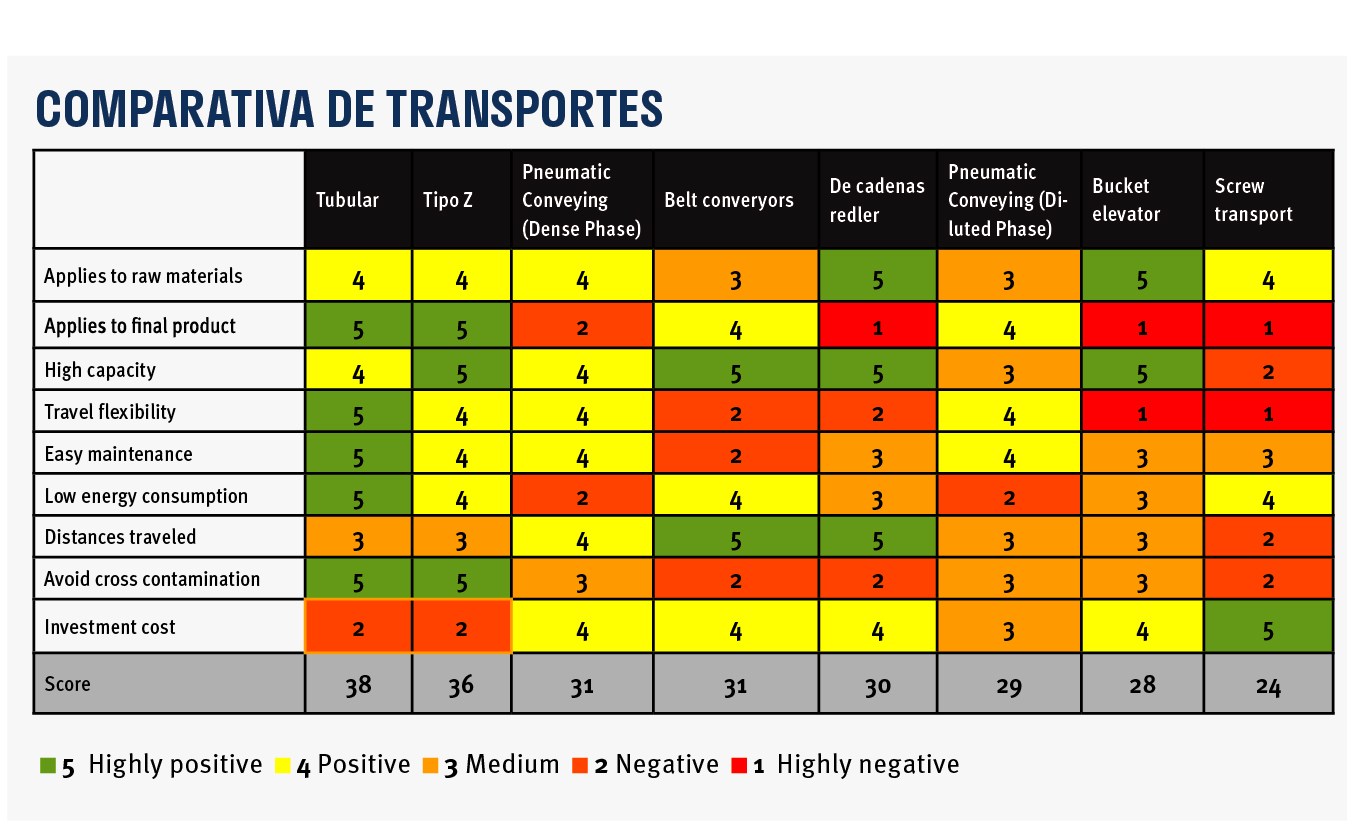
At Clivio Solutions we are at your entire disposal to evaluate and recommend the appropriate type of transport for each of your needs, it will be a pleasure to help you.
We await your inquiries by email or by WhatsApp at +54 -9-2352-540040.
Source: Clivio Solutions
You could be interested: Mobile 'Smart Cart' Automates Food Conveyor CIP for Pet Food Manufacturers
About company
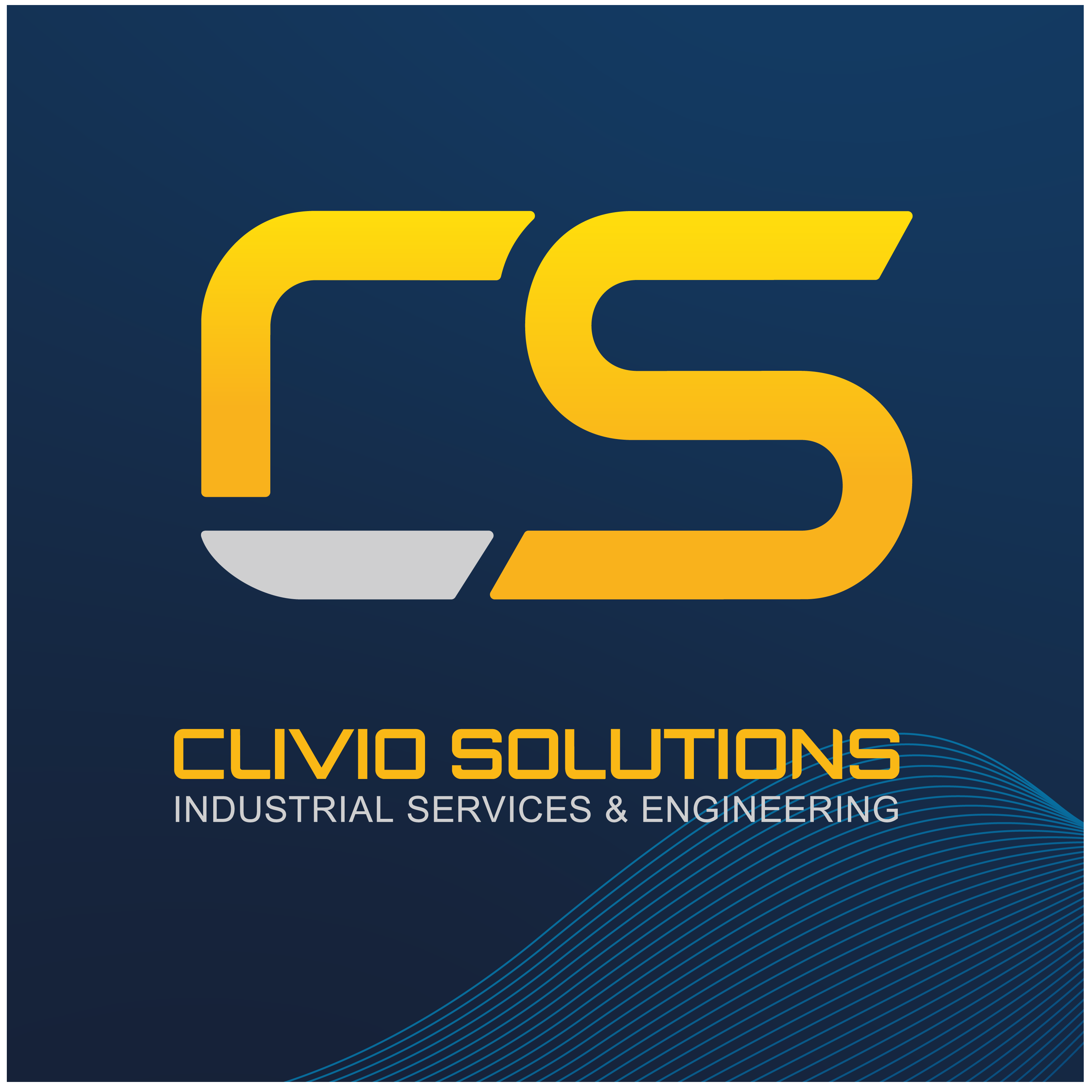
About company
At Clivio Solutions, we offer engineering services and high-level consulting, specializing in balanced food. Our experience enforces with prestigious associations, ensuring security, cutting-edge technology, and intelligent and sustainable solutions.
Our value proposition is based on integrity, a wide range of solutions, and a broad geographic breadth. We stand out for encouraging synergy being dedicated facilitators who offer continuous support characterized by unequaled reliability and quality.








